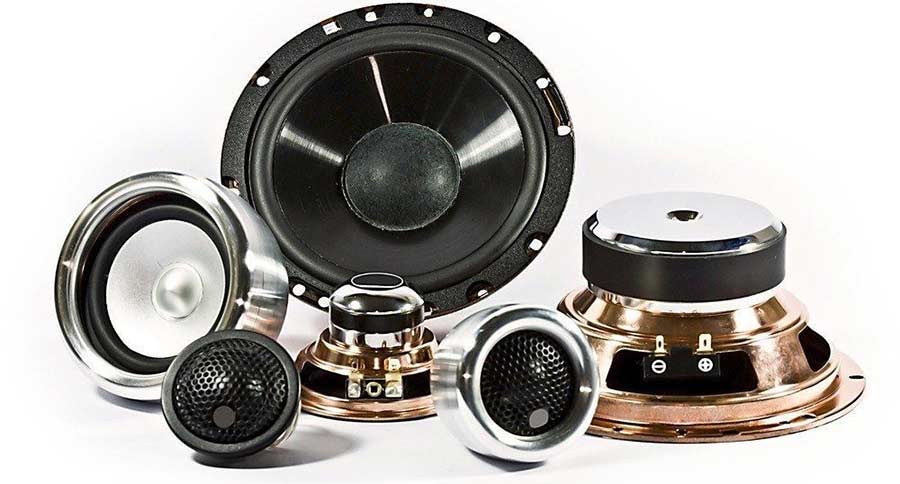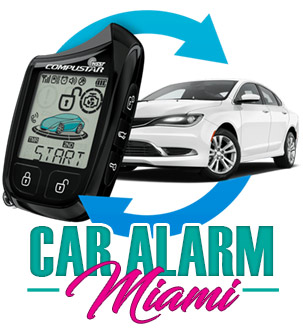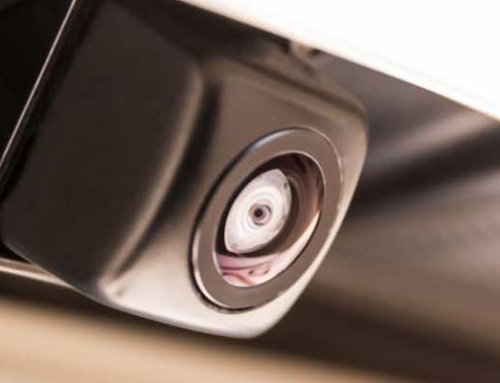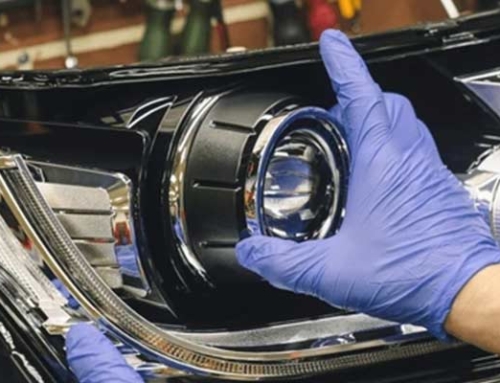
If you keep your car long enough, especially under the South Florida sun, you will need new car stereo speakers. Some vehicles are more susceptible to requiring early replacement than others. However, ear nowadays, throughout the 80s and 90s, many cars had dash speakers that did not fare very well under the intense Florida sun. Compared to other vehicles of the era, many GM products ranging from the Buick Regal to the Chevy Silverado need their dash speakers replaced more often than others. In the majority of cases, they do not because of abuse or burnout but because they got stiff and broke due to sun exposure. One thing that goes unnoticed is how good those vehicles sounded! Many GM vehicles in the ’90s displayed much better than most of the market today. It was not only GM; many Ford products that used 6X8s on the doors and rear deck, as well as some Nissan Maxima’s and 300ZX with the amplified system, challenged many aftermarket head units and speaker combos being sold at Wal-Mart, Circuit City, Best Buy, and other discount retailers. Does anyone know why? In my opinion, a lot has to do with multi-way speakers. Starting with the 3-way system on many BMWs and to the Mercedes 500s, many of these three-way systems sounded thin and dull!
How to Choose the Best New Car Speakers
An American car speaker manufacturer named Jensen introduced the tri-axial or three-way speakers in the late 70s, and since then, people have lost their minds over multi-way speakers. Back then, it made sense because it extended the frequency range of the average car stereo of the late 70s and early 80s from about 12K Hertz to about 18-20! However, many audio enthusiasts quickly pointed out that it lacked a bottom end or bass! As a result, they started to put them in boxes. This concept was so successful that by the late 80s, you could walk the isles of your local flea market and find Jensen speaker clones with 4, 5, and even 6-ways! It is all garbage! If you focus your purchase on quality versus quantity, you have a much better-sounding car stereo than anticipated!
I have been fortunate enough to have been able to walk the aisles of CES (the Consumer Electronics Show) and sit down for demos on some of the most expensive and best-sounding audiophile speakers in the world. After all, I agree with most experts and say that you rarely need more than a 2-way speaker or system. In many cases, full-range single or dual-cone speakers will yield better range and performance “from an audiophile point of view” than what is known as component speakers.
Full-Range Speakers – Consisting of a single cone, and in some cases, a small horn-like cone at the center called a whistle cone, are speakers with a single-coil able to reproduce a frequency range very close to the human ear. In other words, 20 Hz to 20K Hz. These types of speakers are regarded by many audiophiles as the most natural-sounding when mounted in free air (infinite baffle) or a transmission line (a type of speaker enclosure consisting of a long tunnel equivalent to the wavelength of the resonating frequency or FS of the speakers). Full-range speakers also come in the planner or electrostatic variety. Although not a cone speaker, they can also have a flat response over a wide frequency range.
Coaxial Speakers – These speakers have multiple drivers mounted within the same frame. Most of the time, it is on top of the central cone or woofer, but you will also find them with the high-frequency driver mounted from the rear of the pole piece and inside the primary coil (this type is called concentric ). Although the term “coaxial” refers to a 2-way speaker (a woofer and a tweeter) in street slang, many refer to a 3-way or (tri-axial) speaker by the same name. The objective of the coaxial or tri-axial speaker is to improve the upper-frequency range of the driver, more often than not above 20K Hz. The issue for many true audiophiles and audio purists is that these types of speakers suffer from time alignment issues and phase decoupling because of the dual coils. That is why, when possible, concentric is a better choice, even though they usually cost a little more. If the budget permits something else, you should consider models with external passive crossovers. This gives you the feasibility of by-amping your mid-range and tweeter.
Component Speakers – As the name denotes, component speakers are speaker systems with individual drivers for the mid and the high frequency in two-way. In the case of a three-way system, you also get a midbass woofer. More often than not, these systems come with external passive crossovers, leaving you wide open to implementing a multi-channel amp setup. Component speakers attract many customers seeking a high-end car stereo system because they allow the most flexibility regarding the mounting location. That is important to achieve the best staging; you may have to get creative with speaker placement and, in some cases, avoid the factory location altogether. A discrete connection and mounting capability to your high-frequency, mid-range, and mid-bass drives also allow for integrating active crossover with time-aligning features.
Car Stereo Replacement Speakers
Whether you are just looking for car stereo replacement speakers or upgrading the factory speakers that came with your car, choosing what is best for the application is more important than cost and reviews. Trust me, I have been around the aftermarket car audio industry, and I will tell you that, in many cases, reviews are paid for. In many cases, I’m afraid I have to disagree with what car audio magazine articles have to say. After all, you have to keep in mind that the sole purpose of many of these websites and publications is to sell ads. And don’t you find it convenient that the top reviews always go to the brand with the most ads? Come by or stop by your favorite Miami car stereo store and talk about your objective and budget, and have an experienced car stereo installer give you some pointers. Many of these guys have speaker brands other than Pioneer, Kenwood, or JL Audio in their cars. Not because they can’t afford each other but simply because after listening to so many cars and so many installations, they like how one sounds over the other!





